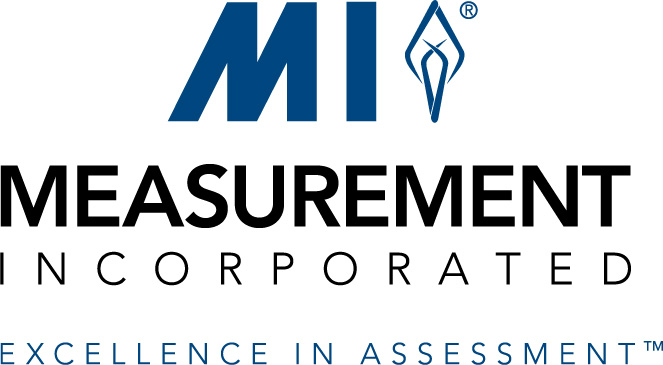ITEMS Portal
Digital Module 23: Multidimensional Item Response Theory Graphics
5 (3 votes)
Recorded On: 03/13/2021
-
Register
- Learner - Free!
In this digital ITEMS module, Dr. Terry Ackerman and Dr. Qing Xie cover the underlying theory and application of multidimensional item response theory models from a visual perspective. They begin the module with a brief review of how to interpret evidence of dimensionality of test data. They then examine the basic characteristics of unidimensional IRT models and how these concepts change when the IRT model is expanded to two dimensions. This leads to a more in-depth discussion of how unidimensional item characteristic curves change in two-dimensional models and can be represented as a surface, as a contour plot, or collectively as a set of vectors. They then expanded this to the test level where test characteristic curves become test characteristic surfaces and with accompanying contours. They include additional discussions on how to compute information and represent it in terms of “clamshell”, number, or centroid plots. The module includes audio-narrated slides as well as the usual package of the usual package of curated resources, a glossary, data activities, and quiz questions with diagnostic feedback.
Keywords: centroid plot, clamshell plot, contour plot, item information curve, item information surface, multidimensional item response theory, MIRT, response surface, RShiny, test characteristic curve, test characteristic surface, vector
Key:

Terry Ackerman
Distinguished Visiting Professor
University of Iowa
After receiving his Ph.D., Dr. Ackerman worked for five years as a psychometrician at ACT where one of his primary responsibilities involved working on an Office of Naval Research grant that focused on multidimensional item response theory (MIRT) and its potential applications to standardized tests. Given his strong interest and passion for teaching, he then left ACT and went to the University of Illinois at Urbana-Champaign where he taught graduate courses in statistics and testing and measurement. During that time, Dr. Ackerman was fortunate to have great colleagues and mentors at Illinois including Dr. William Stout, Dr. Rod McDonald, and Dr. Larry Hubert. His research continued to focus on MIRT and expanded to include differential item and test functioning. After 10 years at Illinois he moved to the University of North Carolina at Greensboro where, as a department chair, he helped build a strong program in educational testing and measurement and developed a strong internship program. He chaired and sat on several technical advisory committees for several testing companies including the American Institute for Certified Public Accountants (AICPA), Measured Progress, the College Board, ETS, and the Defense Advisory Committee, which oversaw the testing for the U.S. military. During his 17 years as a professor, chair, and associate dean, Dr. Ackerman was elected to serve as the president of the National Council on Measurement in Education (NCME) and the Psychometric Society. In 2016, he briefly returned to ACT as the company’s first Lindquist Chair before moving to the University of Iowa as a Distinguished Visiting Professor.
Contact Terry via terry-ackerman@uiowa.edu

Qing Xie
U.S. Food and Drug Administration
Qing Xie received her Ph.D. in Educational Measurement and Statistics and M.S. in Statistics from the University of Iowa. During her graduate study, she worked as a Research Assistant (RA) in the Psychometric Research Department at ACT for about five years, where she provided psychometric and statistical support on operational tasks for large-scale assessments and worked both independently and collaboratively on multiple quantitative research projects. Later, she was a RA at the Iowa Testing Programs, University of Iowa and an Associate Psychometrician at ETS. She now works at the Center for Drug Evaluation and Research at the U.S. Food and Drug Administration.
Contact Qing via quing2xie@gmail.com

















